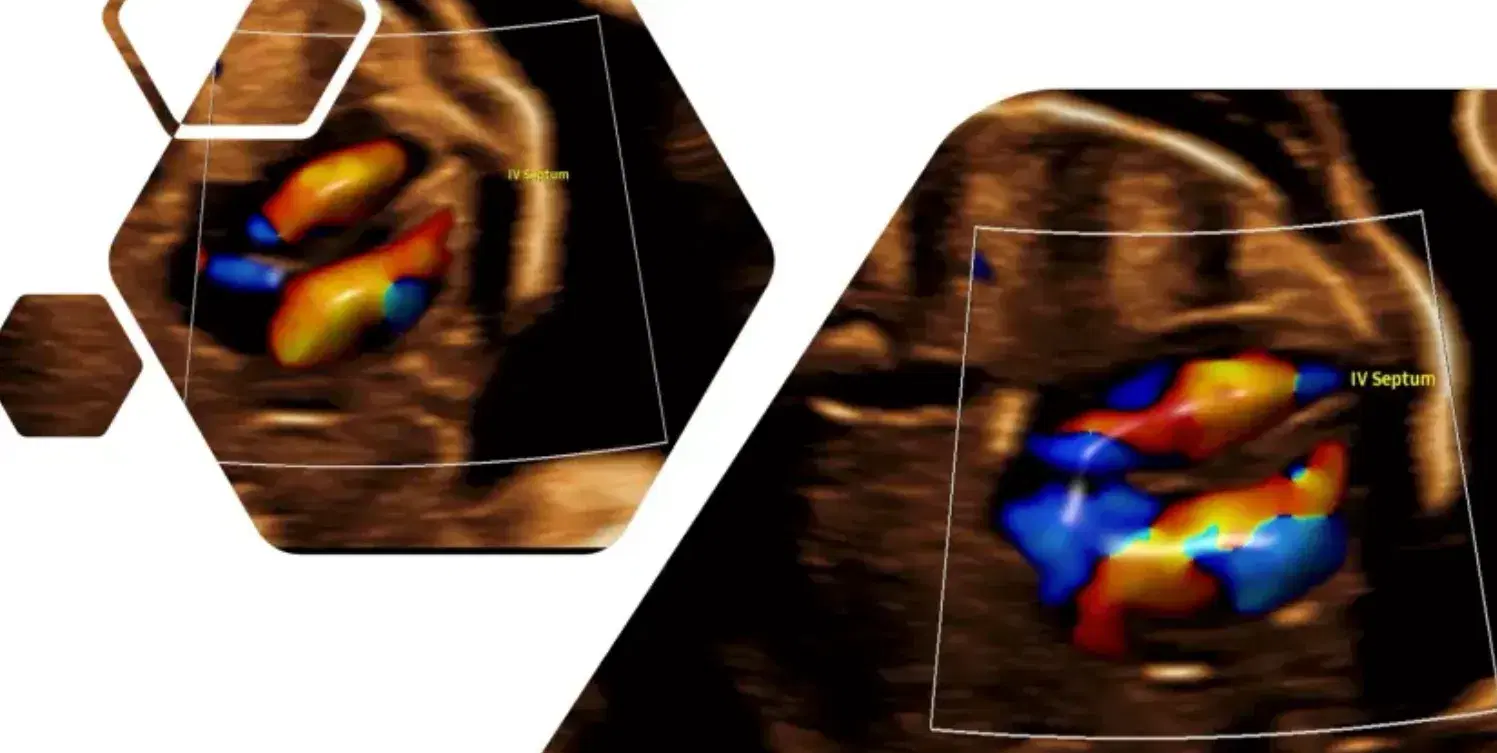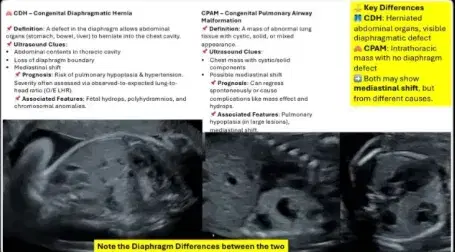Part II: Identifying Congenital Heart Defects Using the 4-Chamber View

Enhance Your Fetal Heart Screening with IAME’s Advanced 4-Chamber Course
Hi there, I’m Johana Bueno, Marketing Director at IAME. I recently spoke with Dr. Jason Cox, our Radiologist and Program Director, and he’s thrilled about a course that I think you’ll find incredibly valuable: Part II: Advanced Diagnostics – Identifying Congenital Heart Defects Using the 4-Chamber View. Dr. Cox, with his extensive ultrasound experience, shared how this course equips you with advanced techniques to spot fetal heart defects, helping you make a meaningful impact in prenatal care.
Why the 4-Chamber View Is Key
Dr. Cox explained that the 4-chamber view is essential for prenatal ultrasound, detecting about 64% of congenital heart defects. It offers a clear look at the heart’s chambers and valves, enabling early detection of issues that can significantly improve patient outcomes.
What You’ll Learn
This course, as Dr. Cox highlighted, is packed with practical skills. Here’s what you’ll get:
Key measurements: Evaluate heart size (1/3 to 1/2 of the thoracic cavity), cardiothoracic ratio (0.45–0.5), and heart rate (120–160 bpm).
Detecting defects: Identify ventricular septal defects (VSDs, like 80–90% muscular prenatally), atrioventricular septal defects (AVSDs, 4–7.4% of infant CHDs), hypoplastic heart syndromes, and persistent truncus arteriosus.
Valve assessment: Spot stenosis, regurgitation, or atresia using Doppler and visual techniques.
Echogenic foci: Recognize when bright spots (EIF) warrant further checks.
Limitations: Understand when additional views are needed for defects like transposition of the great arteries.
With case-based training, you’ll learn techniques like the AVL ratio for 83% accurate AVSD detection. It’s practical and focused, offering 1 AMA PRA Category 1 Credit™ for your CME.
Who’s It For?
This course is ideal for sonographers, physicians, or anyone performing prenatal ultrasounds. Whether you’re refining your expertise or aiming to excel, it’s designed to fit your busy schedule, as Dr. Cox noted.
Why Dr. Cox Recommends It
Dr. Cox was excited about how this course builds on Part I, offering clear, advanced methods to tackle complex diagnoses. From spotting a perimembranous VSD in a five-chamber view to identifying hypoplastic ventricles, it’s designed to make you confident. It’s about giving you the tools to enhance patient care.
Ready to Dive In?
If you’re looking to strengthen your fetal heart screening skills, I encourage you to explore this course, as Dr. Cox suggested.
Visit the IAME website to check out Part II: Advanced Diagnostics – Identifying Congenital Heart Defects Using the 4-Chamber View and consider signing up to keep your skills sharp. Here’s to better outcomes for your patients!
Related Articles
Continue exploring with these related articles and insights
Connect with Us!
Feel free to reach out to us for further information!
IAME is accredited by ACCME to provide AMA PRA Category 1 Credit™ for physicians and healthcare professionals.
© 1996 - 2025 IAME, All Rights Reserved.

